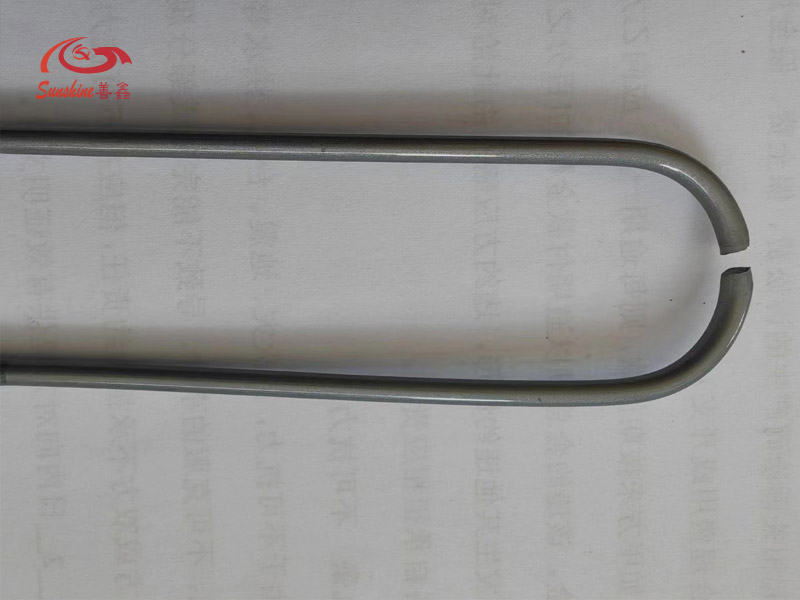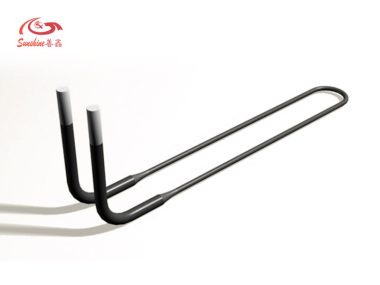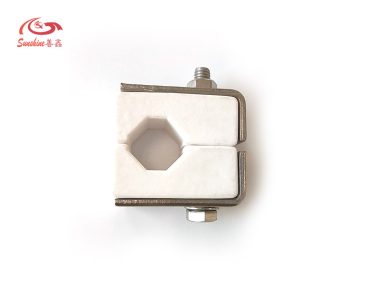MoSi2 heater rod is a type of molybdenum disilicide resistance element that can withstand high temperatures and corrosive atmospheres. They have a self-forming protective layer of silica that prevents further oxidation.
However, mosi2 heater rody also have some limitations, such as:
1.They are brittle and prone to mechanical damage.
2.They have a high coefficient of thermal expansion, which can cause thermal stress and cracking.
3.They have a negative temperature coefficient of resistance, which means their resistance decreases as the temperature increases. This can lead to excessive current and power consumption.
4.They are sensitive to thermal shock, especially when heated or cooled rapidly.
5.They can react with certain gases, such as carbon monoxide, carbon dioxide, water vapor, hydrogen and sulfur dioxide, which can reduce their life span.
To avoid the damage caused by excessive surface load,let’s analyze the damage caused by excessive load
Damage cause
The mosi2 heater rod is in a high-load state for a long time during heating work, fatigue excessively, and mechanical fracture under the action of electromagnetic induction force when a large current passes through.
Damage location
U-shaped part

Fracture situation: The surface of the mosi2 heater rod looks good, the fracture position does not exceed the element limit temperature, and there are no impurities and cracks from the fracture cross-section (need a magnifying glass)
Solution
1. Reduce the furnace operating load.
2.The element shape and size, which determine the heat distribution and mechanical stress of the element. You should choose an element shape and size that suits your furnace geometry and heating requirements.Replace the mosi2 heater rod with better load-bearing capacity.





